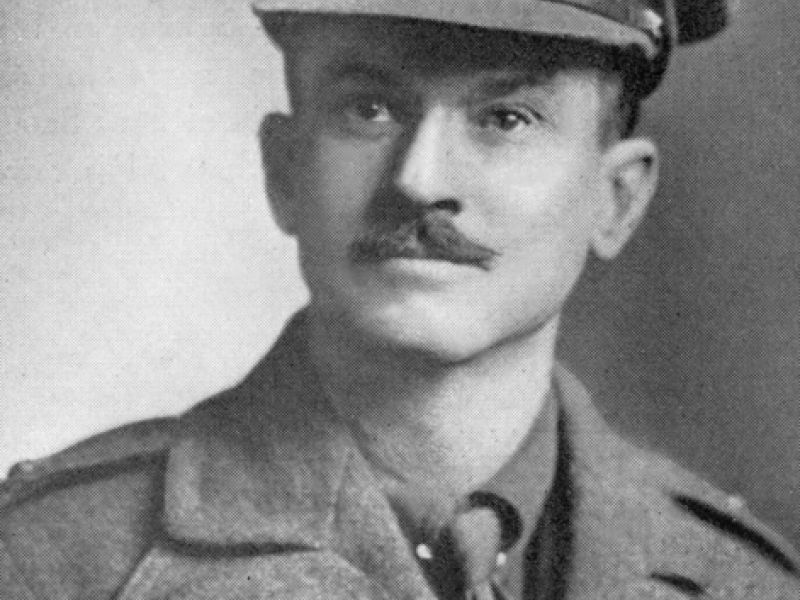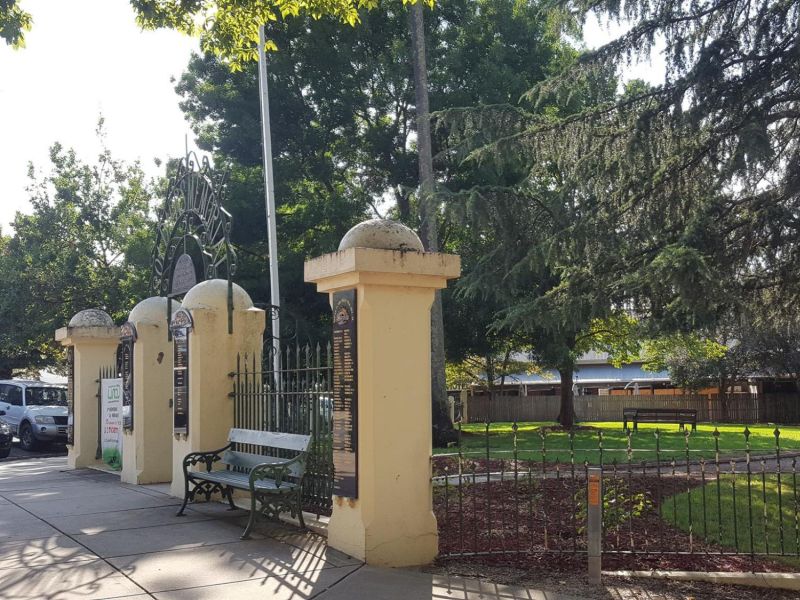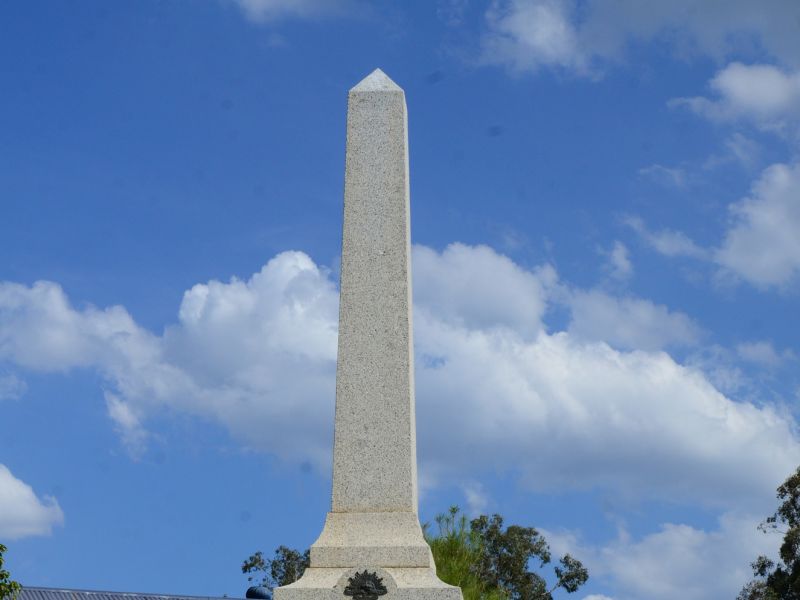Henry Arundel
Lieutenant Henry Arundel, formerly a teacher at various schools in the Upper Murray District, and son of John and Catherine (née Donovan) Arundel, of Gundowring, was killed in action on this day in 1917. He was born on the 27th of March, 1876, at Osborne’s Flat near Yackandandah. He would be one of twelve children in the family, although two predeceased him.
After completing a course at South Melbourne College, he was appointed junior teacher at School No 887, Mitta Mitta, in 1896. During the next seven years, he was headteacher at Cudgewa North, Thowgla, Towong, and Bullioh. His teaching record is that of a diligent worker.
He resigned in 1903 to go to Western Australia where he gained employment with one of his maternal uncles, Jeremiah, who owned a store at Norseman. In January of 1914 his mother passed away at the age of 71 at Gundowring, Victoria. Upon the declaration of war, he enlisted on the 23rd of August, 1915, at Blackboy Hill Camp.
He embarked with the 12th Reinforcements, for the 16th Battalion, on the transport HMAT A31 Ajana on the 22nd of December, 1915. In early February of the following year he was admitted to No. 4 Auxiliary Hospital at Abbassia suffering from the mumps. He rejoined his unit at Tel-el-Kebir, in Egypt, on the 7th of March. The battalion embarked on the SS Canada at Alexandria on the first day of June. Eight days later they disembarked at the Port of Marseilles in the south of France.
The battalion’s first major action in France was the Battle of Pozieres. The 4th Division, of which the 16th Battalion was part of its 4th Brigade, relieved the badly battered 2nd Division on the 6th of August. It endured a massive artillery bombardment and defeated a German counter-attack on the 7th of August. He was commended by Major-General Cox, commander of the 4th Australia Division, for bravery on the battlefield under very heavy fire from the 8th to the 12th of August, promoted to Lance Corporal, and awarded the Military Medal.
The Commonwealth Gazette No. 62 gave the circumstances surrounding Henry’s award.
“These two men [ARUNDEL and 534 Philip Harding WILLIAMS] are members of the Scouting Section of the Battalion. They accompanied the Scout Officer (Lieutenant LYNAS) into No Man's Land, and under his direction placed the guiding lights referred to in my report concerning the Officer referred to. Working together and separately they frequently made incursions into No Man's Land, and supplied me with useful and accurate information concerning the enemy's dispositions, and on the afternoon of the 11th August, 1916, through their reconnaissance were able to give men forewarning of the counter attack which subsequently developed. Subsequently on the 10th/12th August, 1916, when the Battalion runners were greatly reduced in numbers through casualties these two men were used in that capacity and here again displayed the greatest resource and courage in the execution of their duties. They are both recommended for high distinction.”
On the 13th of September, Henry was promoted in the field, going from a Lance Corporal to a 2nd Lieutenant. There is no mention in his service records of him attending any Officers or promotion courses. He clearly had natural leadership abilities that enabled him to undertake any task that was allotted to him.
The European winter of 1916 and 1917 was the coldest in living memory. Major offensives were suspended while illness affected many troops on both sides of the front. On the 10th of December, Henry reported being sick with a severe case of bronchitis. He would not rejoin the battalion until the 25th of April, 1917.
In January of 1917, he was invalided to England suffering from bronchitis, and, when convalescing, was offered a post in the Home Defence Service, but preferred to return to his battalion. At the beginning of May, he took back reinforcements for his own battalion, the 16th. After occupying front-line positions during the battle of Messines the battalion moved off the line. The next few months were spent mainly in training.
The battalion moved back to front on the 22nd of September in order to prepare for the forthcoming battle in the region of Polygon Wood, near Passchendaele. Much of the surrounding woodland had already been destroyed by huge quantities of shell-fire, as the area changed hands during earlier fighting. When the battle began in the early hours of the 26th of September, infantry advanced behind a heavy artillery barrage and secured most of their objectives without difficulty.
Shell-fire continued to fall, churning the ground and destroying roads. During the day, as Henry was talking to some of his fellow officers, a German shell exploded nearby. One of Henry’s legs was badly shattered and a main artery severed. He died almost immediately. His mates, with whom he was extremely popular, buried him at the edge of Polygon Wood.
His Red Cross Wounded and Missing Enquiry Bureau files provides more detail.
“I was beside Lieut. Arundle [sic] when he was hit by H.H. shell burst in the Polygon Wood Stunt in September 1917. He was wounded in hip, thighs and abdomen. I helped to bandage him but he died in my presence almost immediately. He was conscious prior to his death and spoke to me. He was buried two days later where he was killed. He was a Western Australian.
Informant:- Lieut. S. Hooper, D.C.M.
16th Battalion”
At the end of the war, he was reinterred in Tyne Cot Cemetery, Belgium. Henry is remembered on the Australian War Memorial Roll of Honour, the Gundowring State School Roll of Honour, the Yackandandah Memorial Gates, and the Corryong War Memorial. For his service during the First World War, he was awarded the Military Medal, the 1914-1915 Star, the British War Medal and the Victory Medal.

 Stephen Learmonth
Stephen Learmonth
